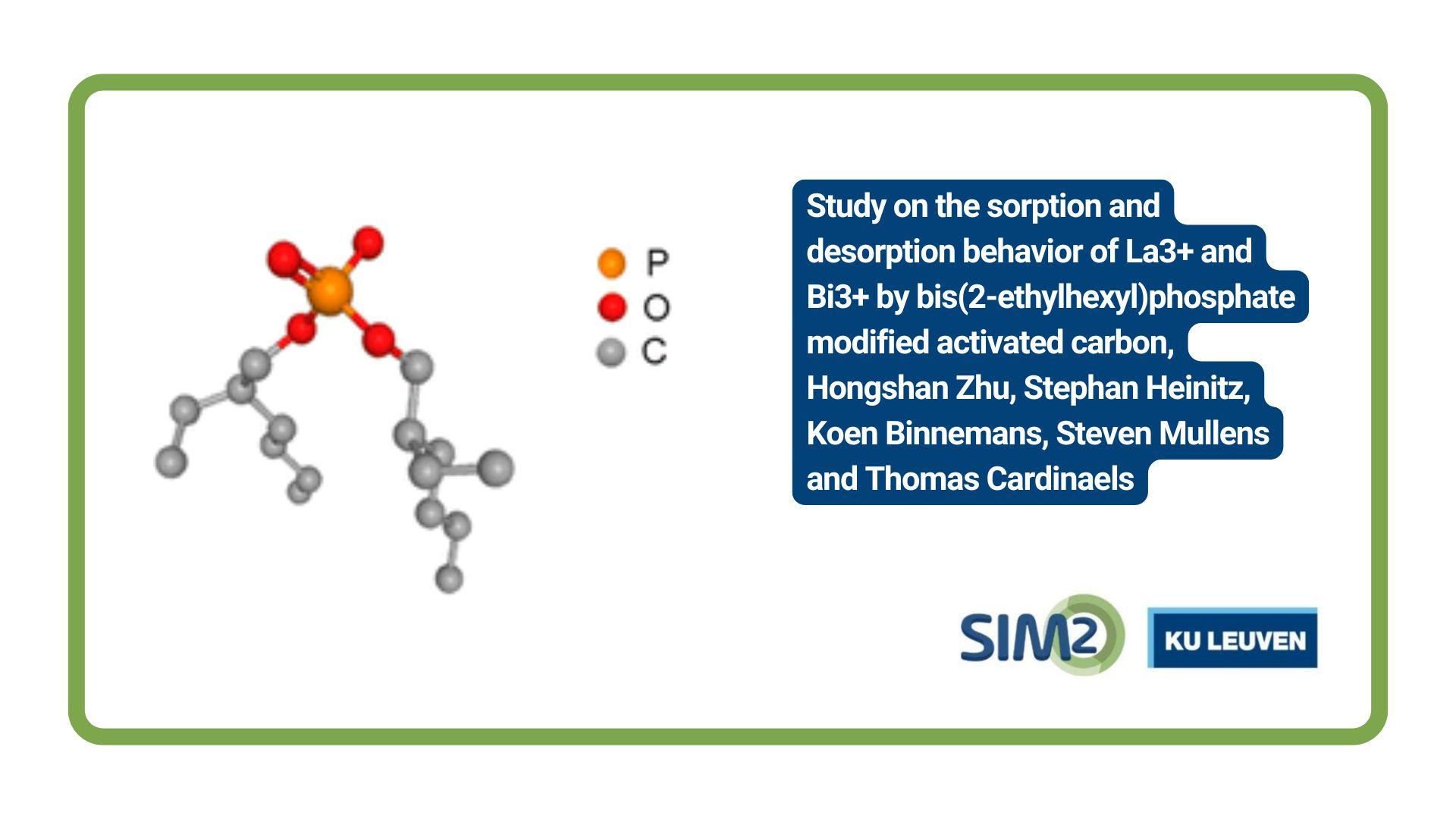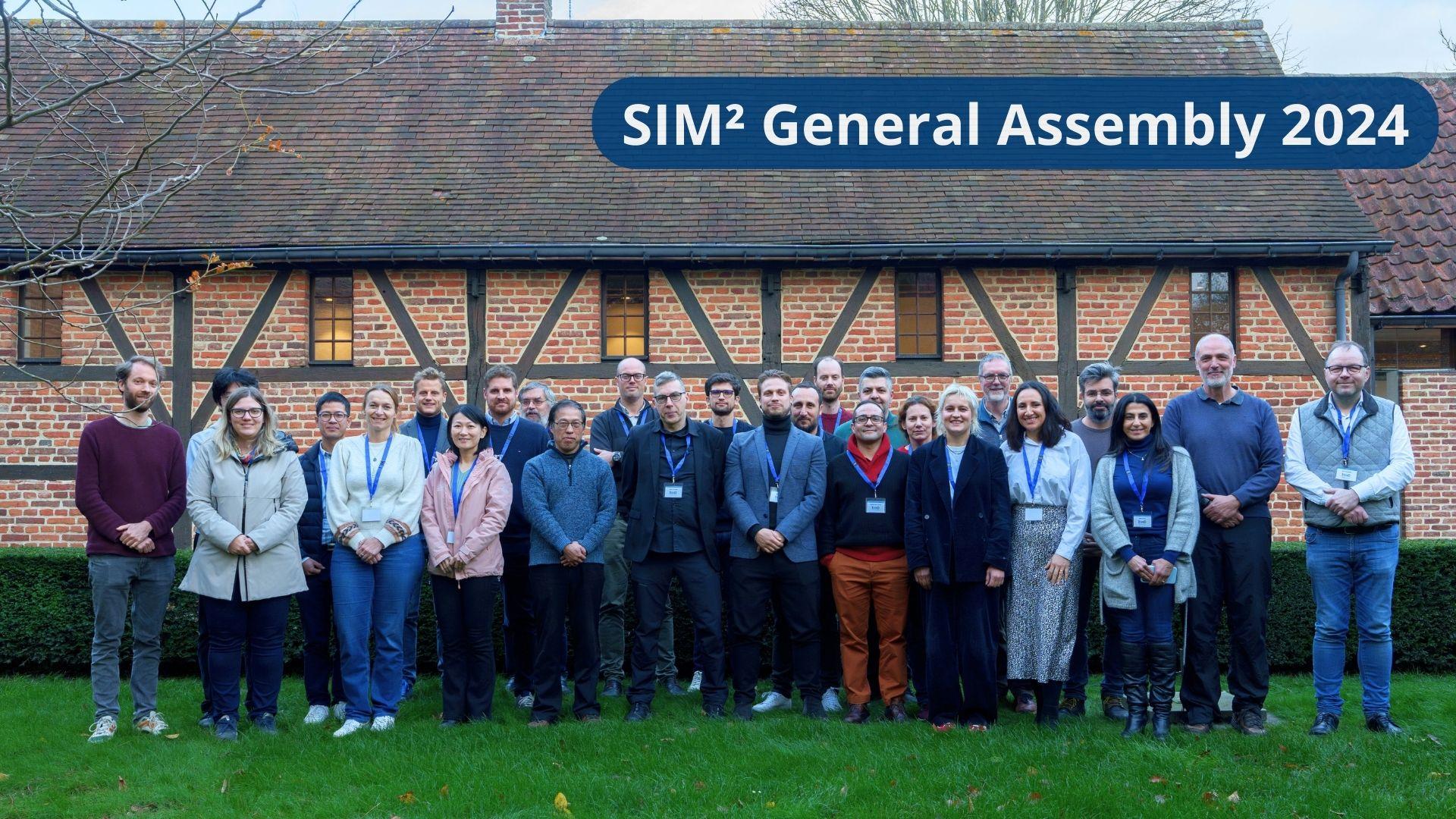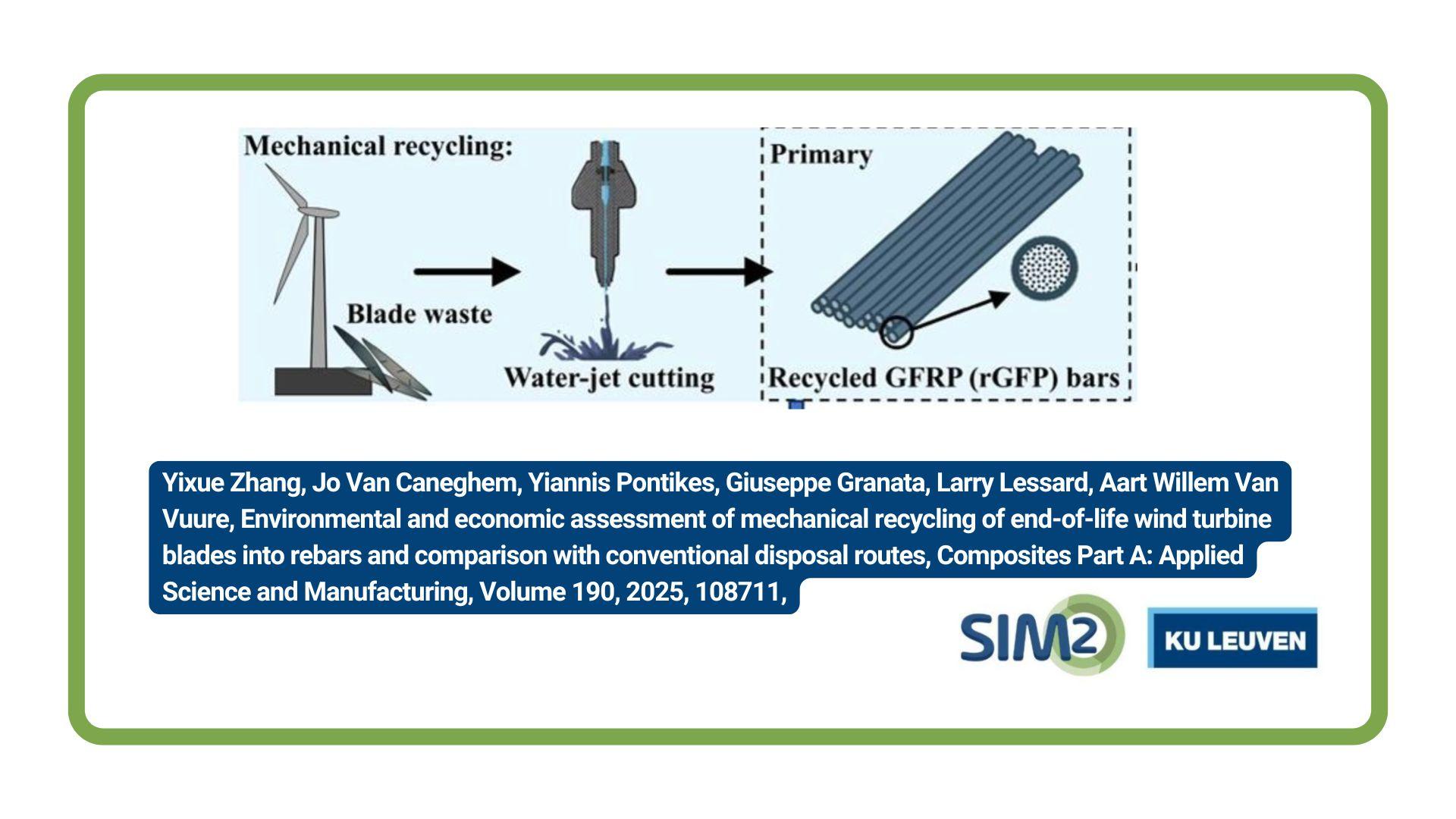Hongshan Zhu, Stephan Heinitz, Koen Binnemans, Steven Mullens and Thomas Cardinaels from the Belgian Nuclear Research Centre, KU Leuven, Department of Chemistry and the Flemish Institute for Technological Research have published a new article entitled Study on the sorption and desorption behavior of La3+ and Bi3+ by bis(2-ethylhexyl)phosphate modified activated carbon. The article is published by the Royal Society of Chemistry.
The separation of 213Bi from its parent radionuclide 225Ac via radionuclide generators has proven to be a challenge due to the limited performance of the current sorbents. This study evaluated the separation performance of La3+ (as a surrogate for 225Ac) and Bi3+ using bis(2-ethylhexyl)phosphate monofunctionalized activated carbon (HDEHP/AC). The potential applications of phosphate groups as active sites and the carbon structure as a sorbent support were confirmed and validated. Various factors, including pH values, salt concentration, halide ions, contact time, solid-to-liquid ratio, initial La3+/Bi3+ concentration, and gamma irradiation were examined through batch sorption experiments in both single and binary systems. HDEHP/AC had a high sorption capacity for La3+ via electrostatic attraction, with the sorption data fitting well to the pseudo-second-order kinetic equation and Langmuir model. The sorption performance of La3+ on HDEHP/AC was minimally affected as the NaCl/NaI concentrations increased at pH = 2, whereas the sorption capacity for Bi3+ decreased significantly. Additionally, selective desorption of La3+ and Bi3+ was achieved using HNO3 and NaI solutions, respectively. These results backed up by a conceptual separation process point toward a potential use of these materials in a direct/inverse 225Ac/213Bi radionuclide generator. Further optimization of the material and separation process will be required to bring this class of promising materials into an actual generator for medical applications.
Reference
DOI: 10.1039/D4RA06276K (Paper) RSC Adv., 2024, 14, 34855-34867
Acknowledgements
The SCK CEN and VITO are acknowledged for funding. Furthermore, the authors would like to acknowledge the technical assistance of P. Verheyen (ICP-MS), K. Raymond (SEM), K. Zhang & V. Meynen (DRIFT), M. Mertens (XRD), A. De Wilde (N2 sorption and TGA-MS), and J. De Wit (CHN analysis).




